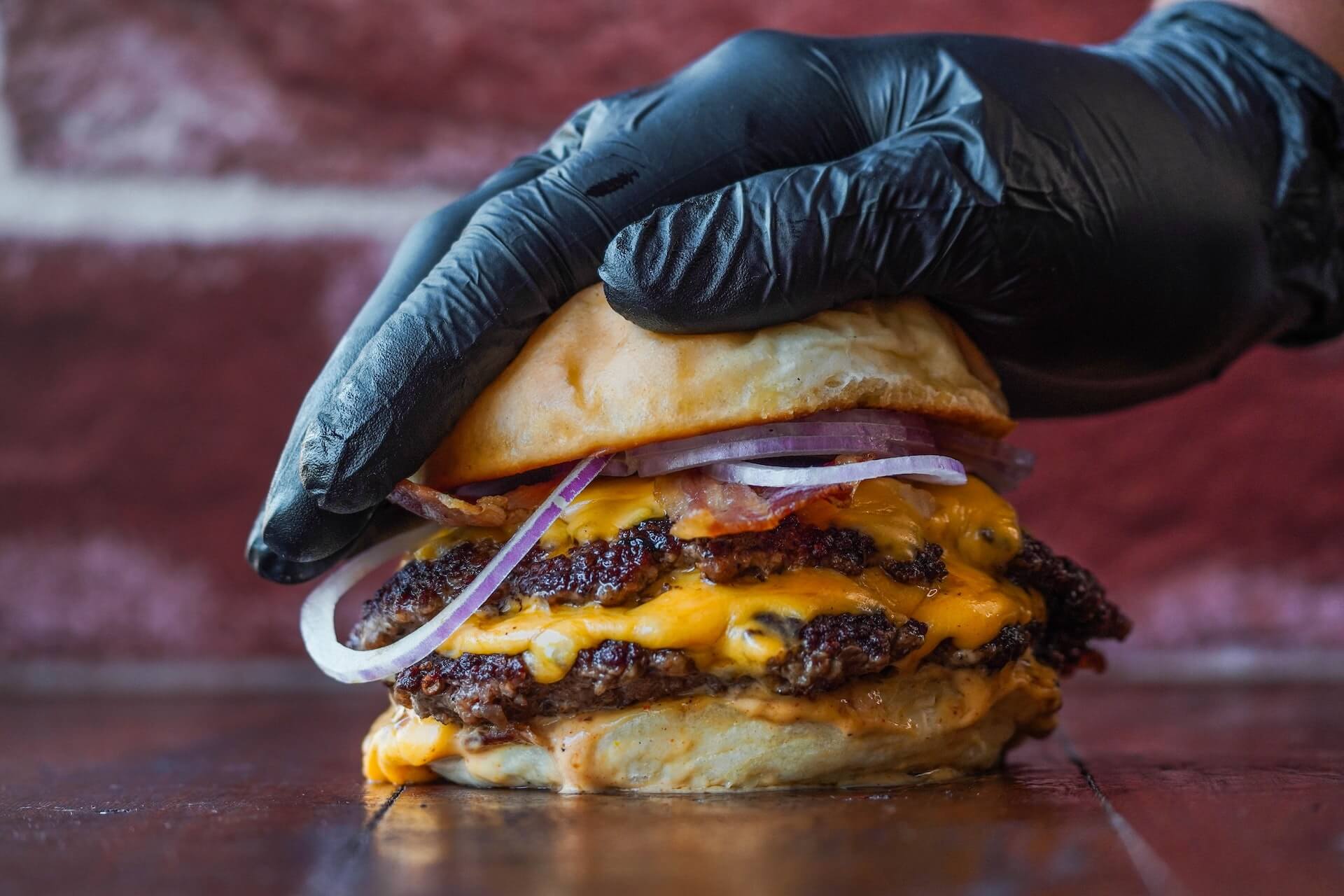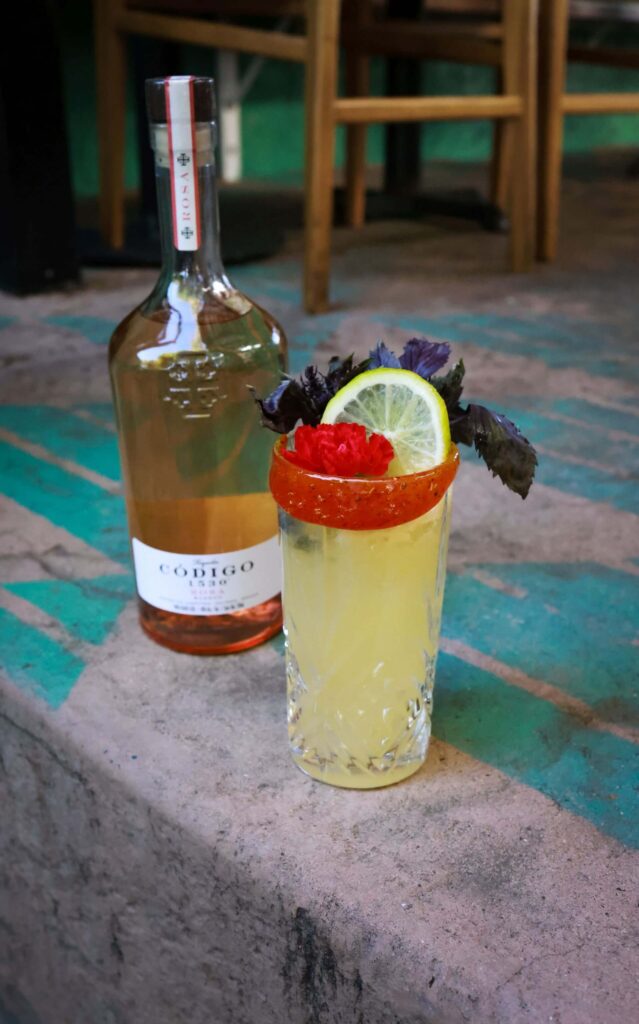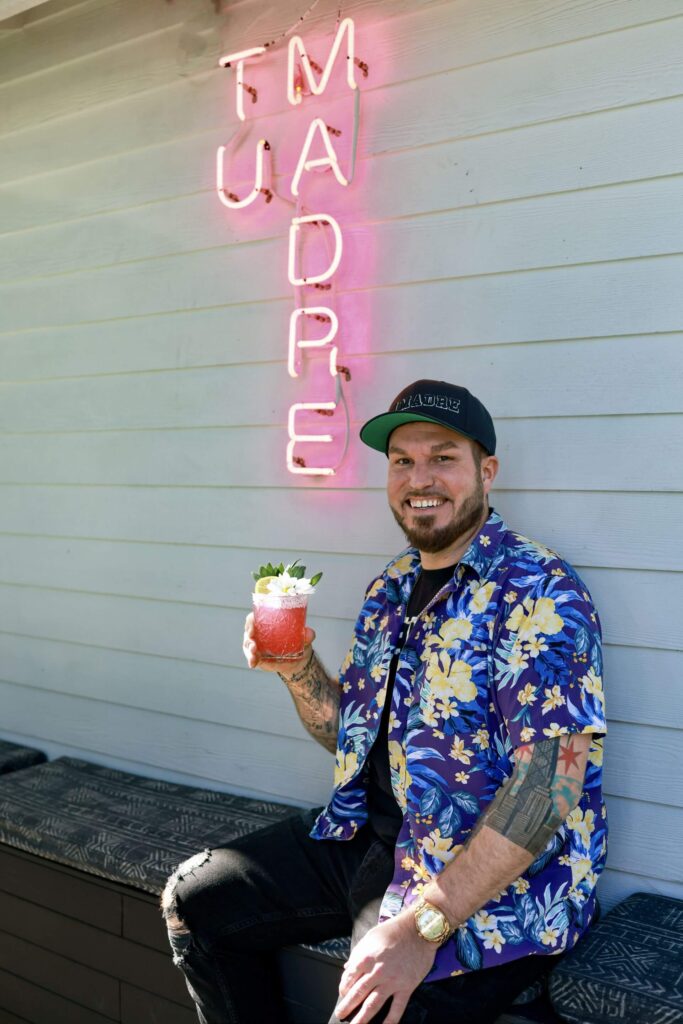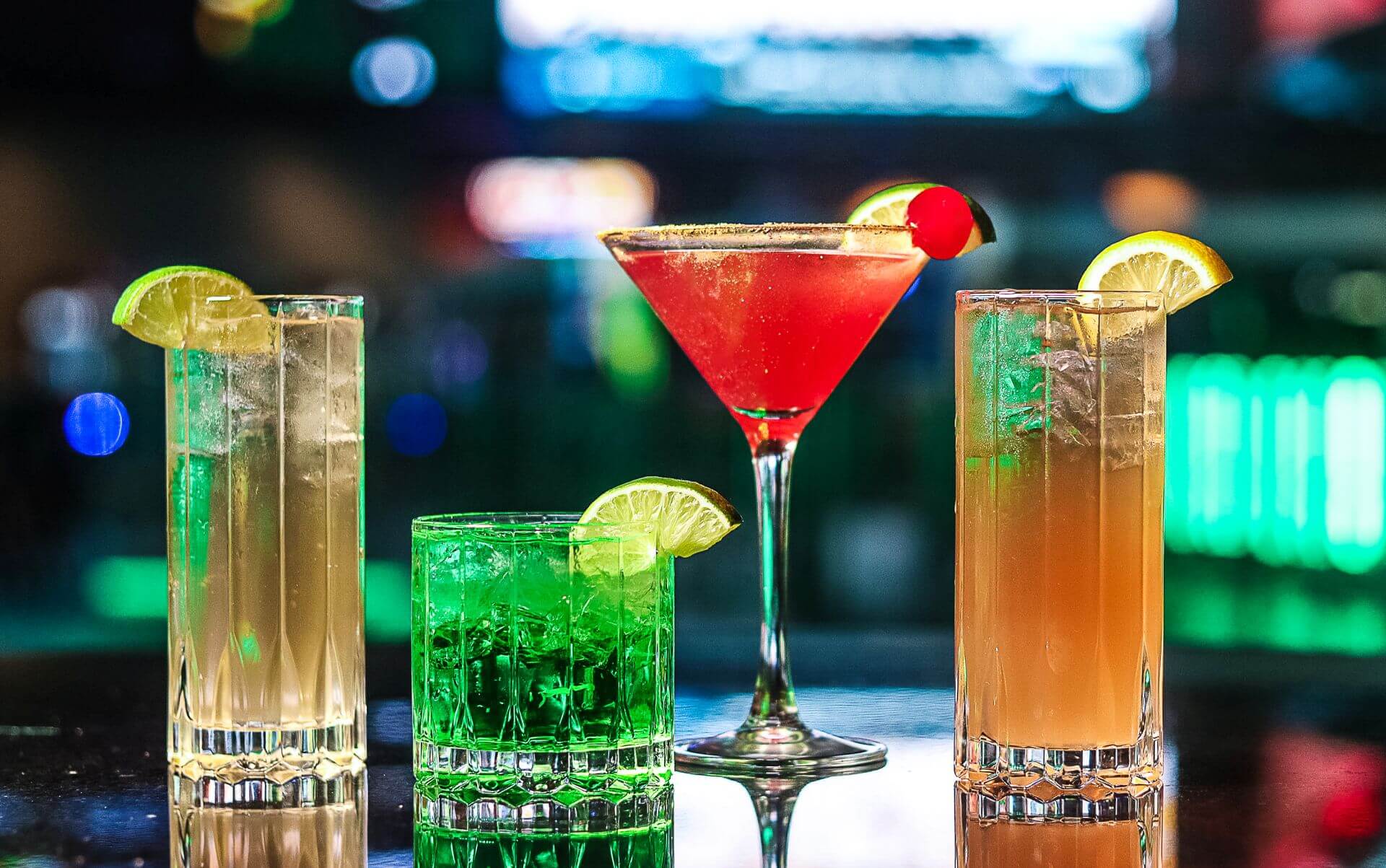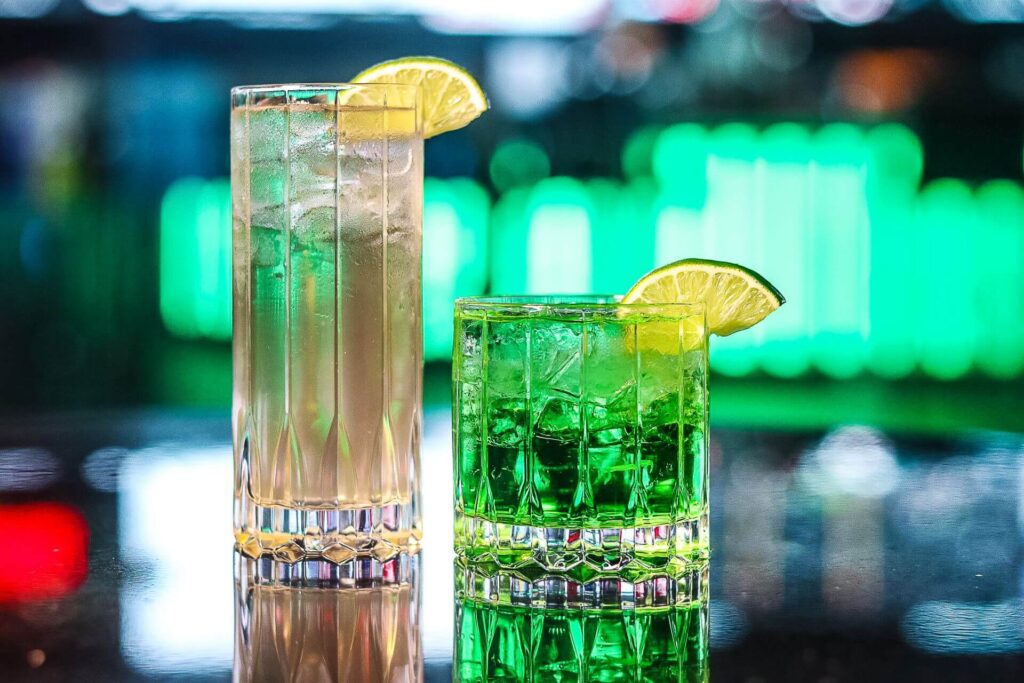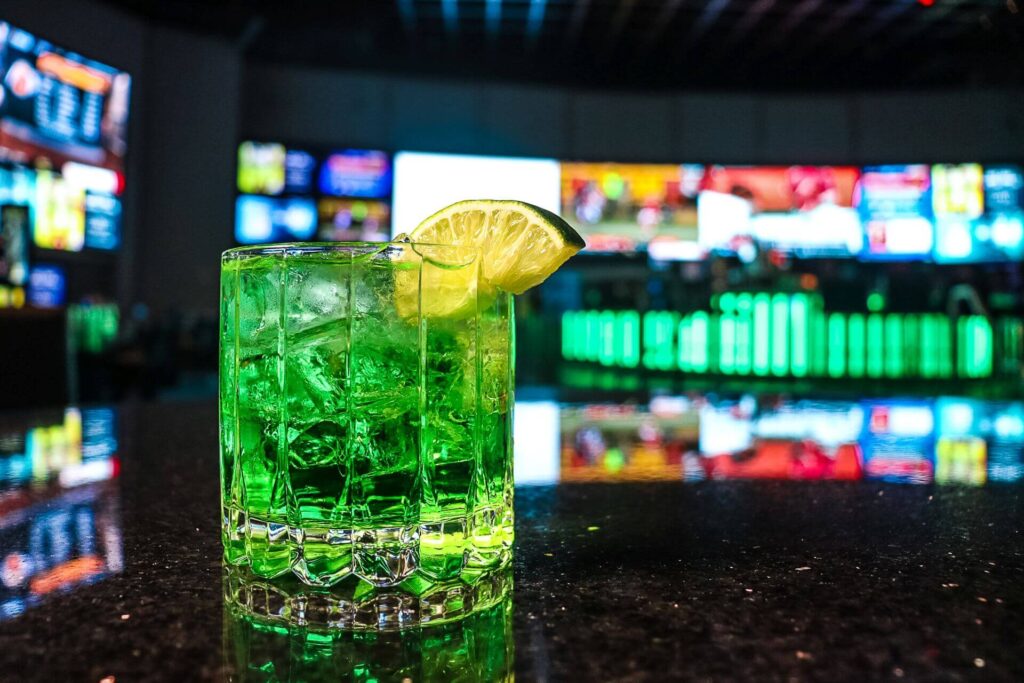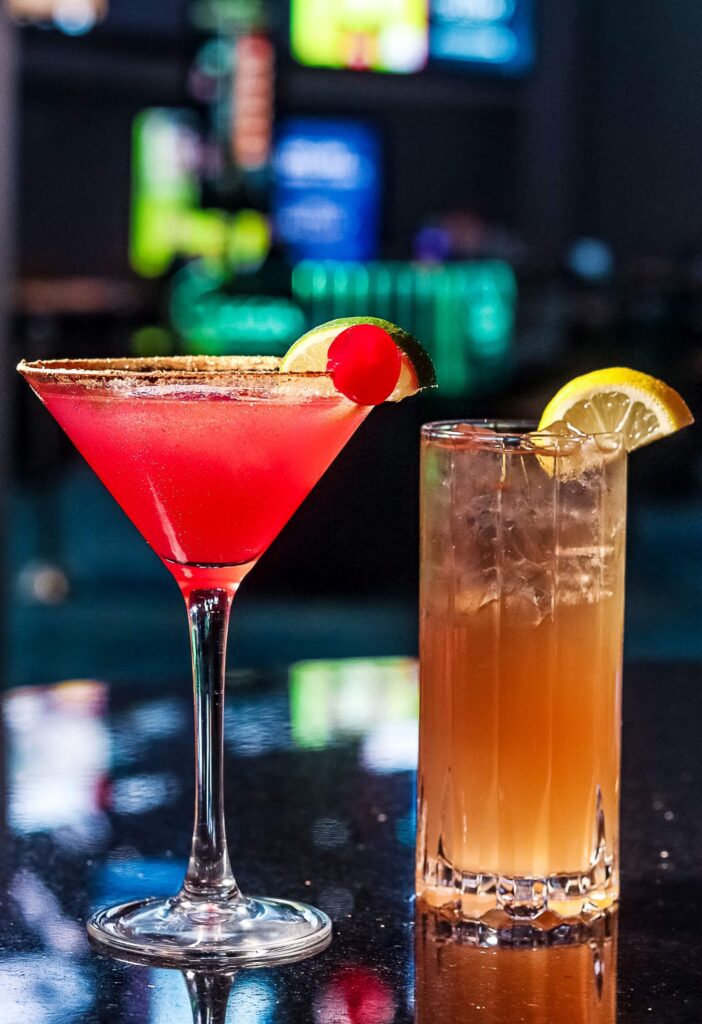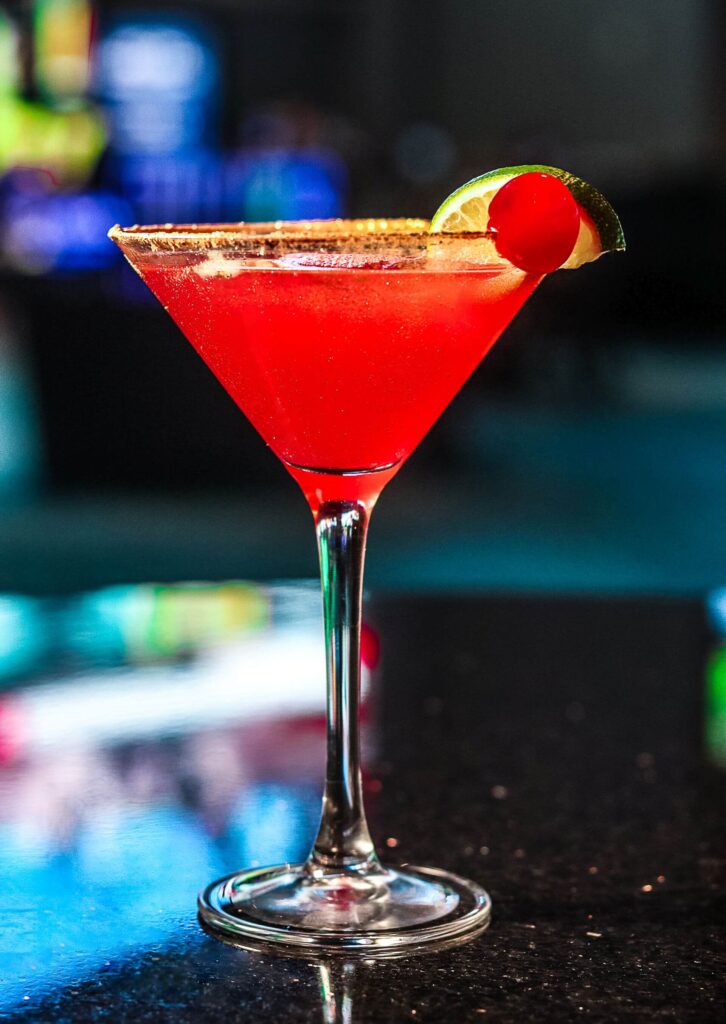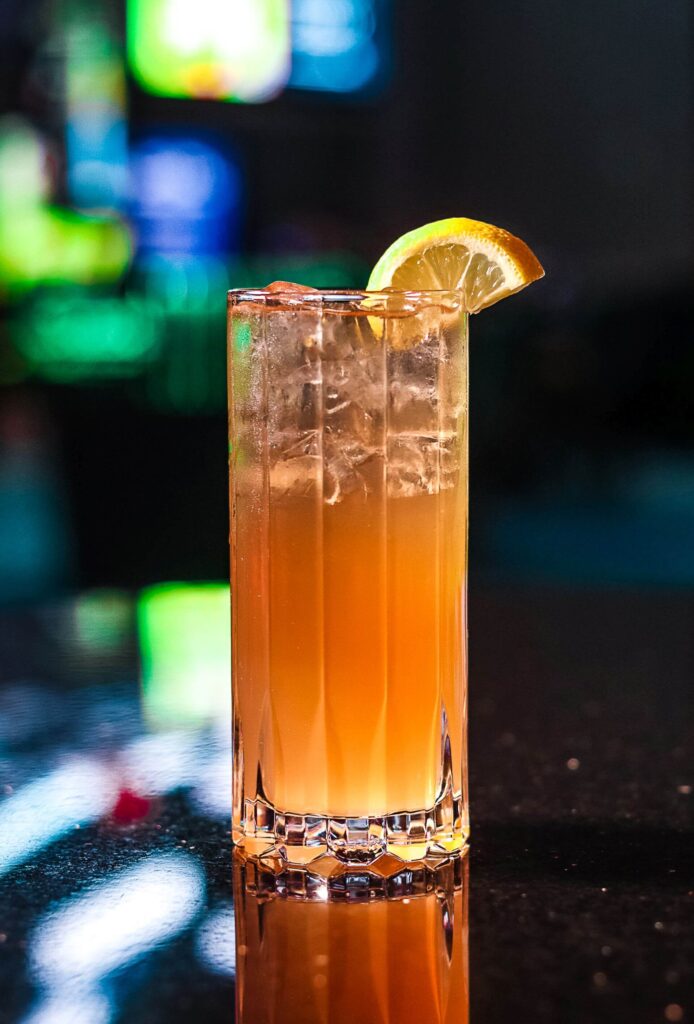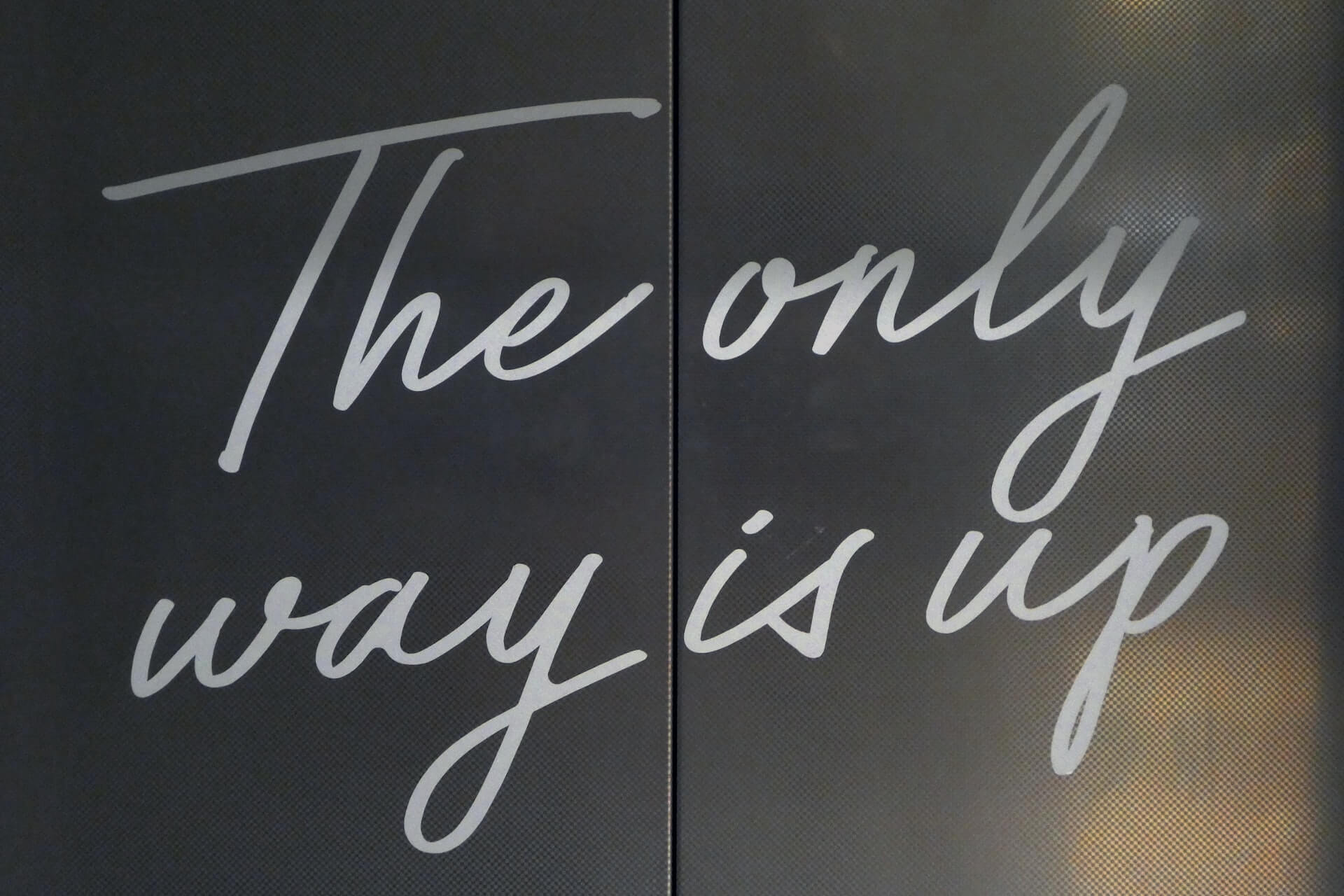Girl Scout Cookies take Cocktail Form at Ocean Casino Resort
by David Klemt
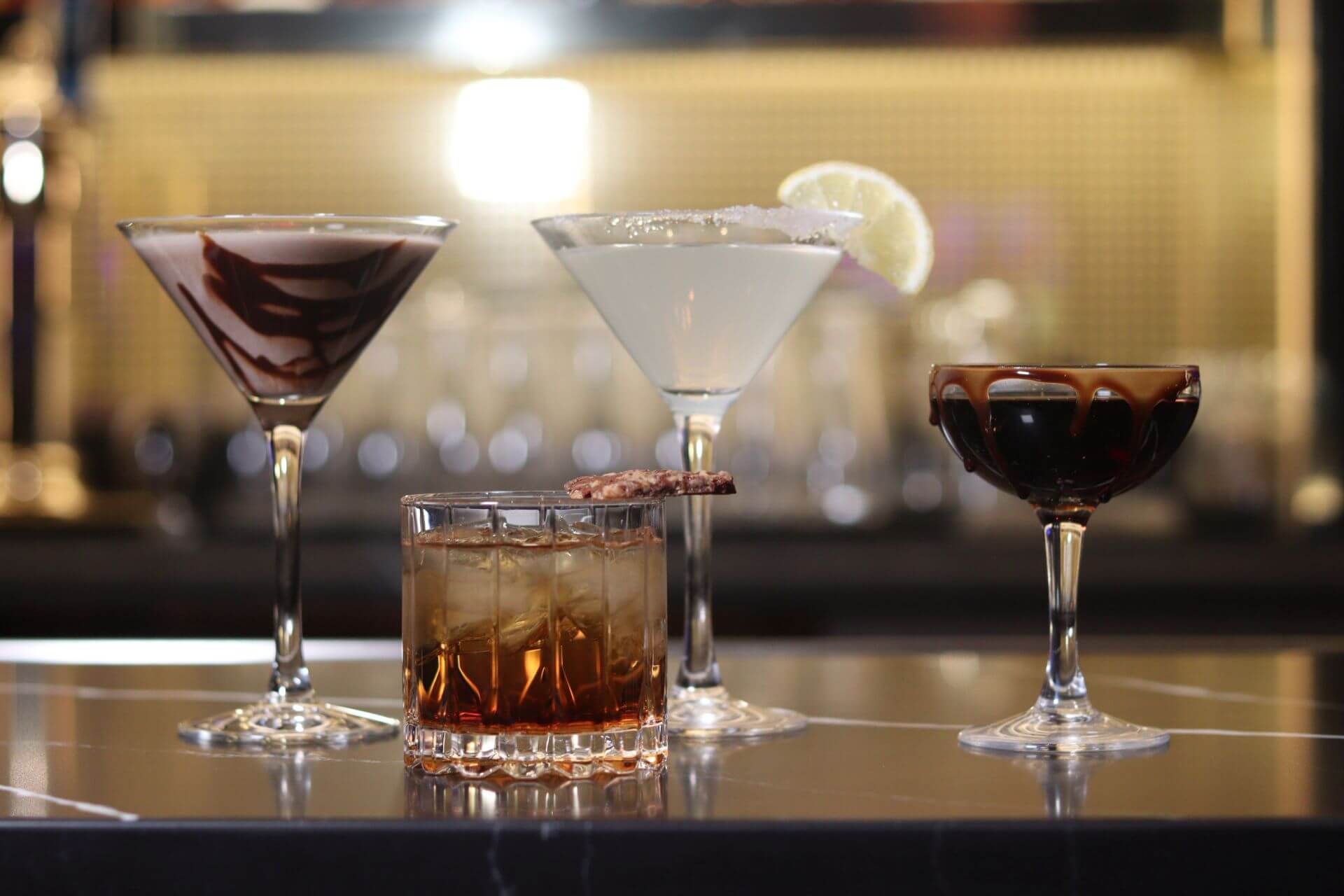
Beginning today, Girl Scout Cookies are undergoing an irresistible liquid transformation at Ocean Casino Resort in Atlantic City.
Guests of the casino and resort will have the opportunity to enjoy these decadent cocktails through March 15.
In addition to driving traffic and engagement, these LTO drinks are a charitable effort. One dollar from each sale of these cocktails will go to the Girl Scout Troops of Southern and Central New Jersey.
So, not only is this a promotion that leverages nostalgia, these drinks enhance the guest experience of both visitors and locals. Ocean guests from out of town get to try enticing LTO drinks. And locals can try a series of limited-run cocktails while supporting their own community.
At KRG Hospitality, we like this promotion for several reasons. First, Girl Scout Cookies. For adults, these are nostalgic treats. For children, Girl Scout Cookies are a special treat. And, of course, Girl Scout Cookie sales help Girl Scouts raise funds for their organization.
Second, this promotion runs for four full weeks. That’s 28 days of sales, which is 28 days of fundraising.
Third, the Ocean Casino Resort F&B and marketing teams continues to show off their marketing skills. Last year, Ocean celebrated the Choco Taco with a tempting cocktail after it’s demise was announced. And just days ago we took a look at their Big Game drinks.
Each of their cocktail promotions serve as an exemplary LTO. Operators across the country can look to these for inspiration in terms of boosting traffic and sales, enhancing the guest experience, and engaging with their local communities while enticing visitors.
Check out Ocean Casino Resort’s National Girl Scout Day cocktail recipes. Cheers!

Berry Chocolatey
- 2 oz. Three Olives Vodka
- 2 oz. Chambord
- 2 oz. Chocolate liqueur (examples: Dorda, Godiva, Mozart)
- Half chocolate rim to garnish
Prepare a coupe by rimming with chocolate syrup. Add all ingredients to a shaker with ice. Shake and strain into prepared glass.
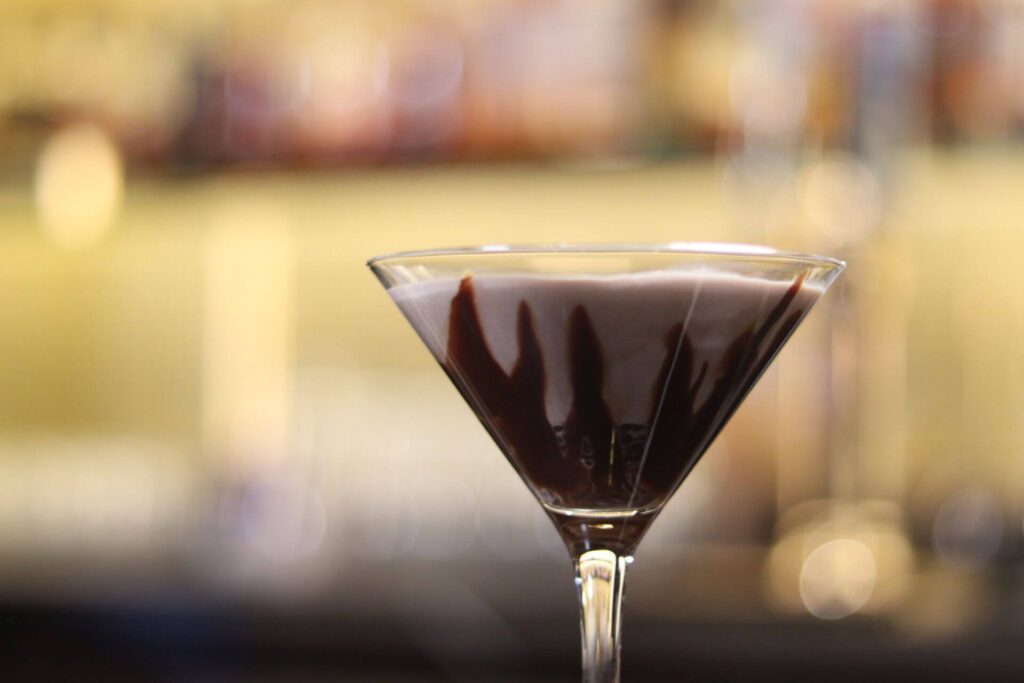
Caramel Surprise
- 1.5 oz. Three Olives Vodka
- 1 oz. Chocolate Liqueur (examples: Dorda, Godiva, Mozart)
- 1.5 oz. Malibu
- 1 oz. Half and Half
- 1 bar spoon of Caramel syrup
- Chocolate and caramel drizzle to garnish
- Toasted coconut flakes to garnish
Prepare a Martini or cocktail glass by adding chocolate and caramel syrups to inside. Add first four ingredients to a shaker with ice. Shake and strain into prepared glass. Garnish with toasted coconut flakes.
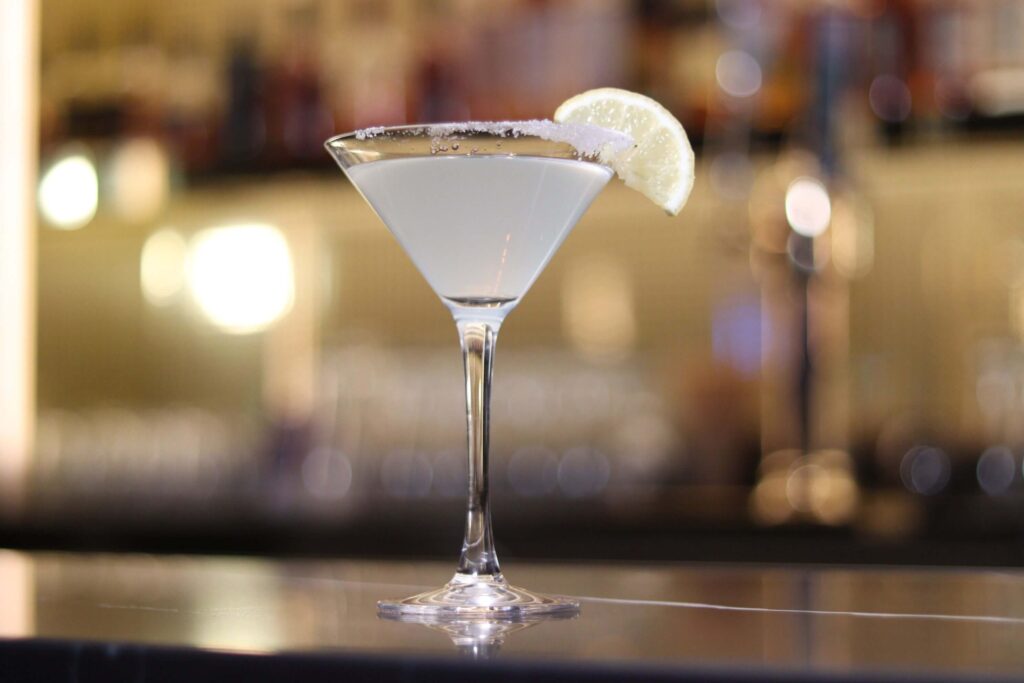
Lemon Kiss
- 2 oz. Three Olives Vodka
- 0.5 oz. Triple Sec
- 1 oz. Fresh lemon juice
- 1 oz. Simple syrup
- Half sugar rim to garnish
- Lemon wedge to garnish
Prepare a Martini or cocktail glass with half-rim of sugar. Add all ingredients to a shaker with ice. Shake and strain into prepared glass. Garnish with lemon wedge.

PB&B
- 2.5 oz. Skrewball Peanut Butter Whiskey
- 0.5 oz. Crème de Cacao
- 2 dashes Chocolate bitters
- 1 dash Angostura bitters
- Peanut Brittle laid across rim to garnish
Place a large ice cube inside a rocks glass. Add all liquid ingredients to prepared glass and stir. Garnish by laying a bite-size piece of peanut brittle across rim.
Images courtesy of Ocean Casino Resort




